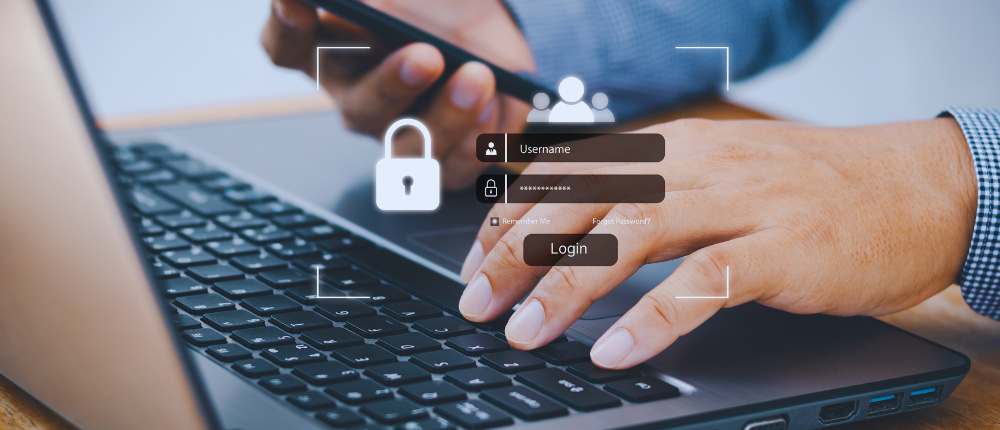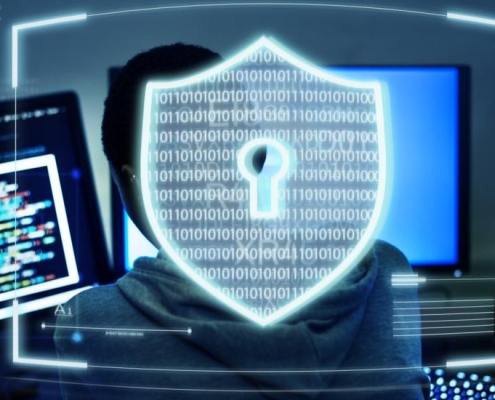Identity Verification and Online Payments: Security in the Digital Age
In today’s digital world, online payments have become a ubiquitous part of our daily lives. From shopping online to transferring money, the convenience of digital transactions is unmatched. However, with this convenience comes the critical need for security, especially when it comes to identity verification.
As cyber threats become increasingly sophisticated, ensuring that online transactions are secure and that identities are verified has never been more important.
The Importance of Identity Verification in Online Payments
Identity verification is a process used to confirm that a person is who they claim to be. This is crucial in online payments for several reasons:
Fraud Prevention
The primary goal of identity verification is to prevent fraudulent activities. By verifying identities, businesses can ensure that the person making the transaction is the legitimate account holder, reducing the risk of unauthorized transactions.
Compliance with Regulations
Many countries have regulations that require businesses to verify the identities of their customers. This is particularly true for financial institutions, which must comply with anti-money laundering (AML) and know your customer (KYC) regulations.
Building Trust
For businesses, ensuring that online payments are secure helps build trust with customers. When customers know that their identities are protected, they are more likely to engage in online transactions.
Methods of Identity Verification
There are several methods used for identity verification in online payments. These methods range from traditional techniques to advanced technological solutions:
Two-Factor Authentication (2FA)
This method requires users to provide two forms of identification before completing a transaction. For example, a user might need to enter a password and a code sent to their mobile device.
Biometric Verification
Biometric methods, such as fingerprint scanning, facial recognition, or voice recognition, are becoming increasingly popular. These methods leverage unique physical characteristics that are difficult to replicate, providing a high level of security.
Document Verification
This involves verifying a user’s identity through government-issued identification documents, such as passports or driver’s licenses. Users upload a photo of their ID, which is then verified by software or manual review.
Database Checks
Some systems verify identities by cross-referencing the information provided by the user with databases containing known identities.
Behavioural Analysis
Advanced systems may use behavioral analysis to verify identities. This involves analyzing how a user interacts with a device or website, including typing speed, mouse movements, and more.
Challenges in Identity Verification
While identity verification is essential, it is not without challenges:
Privacy Concerns
Collecting and storing personal information for verification purposes raises privacy concerns. Businesses must ensure that data is stored securely and that they comply with data protection regulations.
User Experience
Complex verification processes can lead to a poor user experience, resulting in cart abandonment and lost sales. Striking a balance between security and convenience is crucial.
Evolving Threats
Cybercriminals continually develop new techniques to bypass identity verification systems. This requires businesses to stay updated with the latest security technologies and methods.
The Future of Identity Verification in Online Payments
The future of identity verification in online payments looks promising, with technological advancements paving the way for more secure and efficient processes:
Artificial Intelligence (AI) and Machine Learning
AI and machine learning can enhance identity verification by detecting patterns and anomalies in real-time, providing a higher level of security against fraud.
Blockchain Technology
Blockchain offers a decentralized and secure way to verify identities, potentially revolutionizing how identity verification is conducted.
Decentralized Identity Solutions
These solutions allow individuals to own and control their identity data, providing a more secure and privacy-focused approach to identity verification.
Improved Biometrics
As biometric technology advances, we can expect even more accurate and secure methods of verifying identities.
Identity verification is a cornerstone of secure online payments. As technology continues to evolve, businesses must adapt to ensure that their identity verification processes are robust, efficient, and user-friendly. By doing so, they can protect their customers from fraud, comply with regulations, and build trust in the digital marketplace. In this ever-changing digital landscape, staying ahead of the curve is essential for both businesses and consumers to ensure that online transactions remain safe and secure.
***
Tech Virtual










